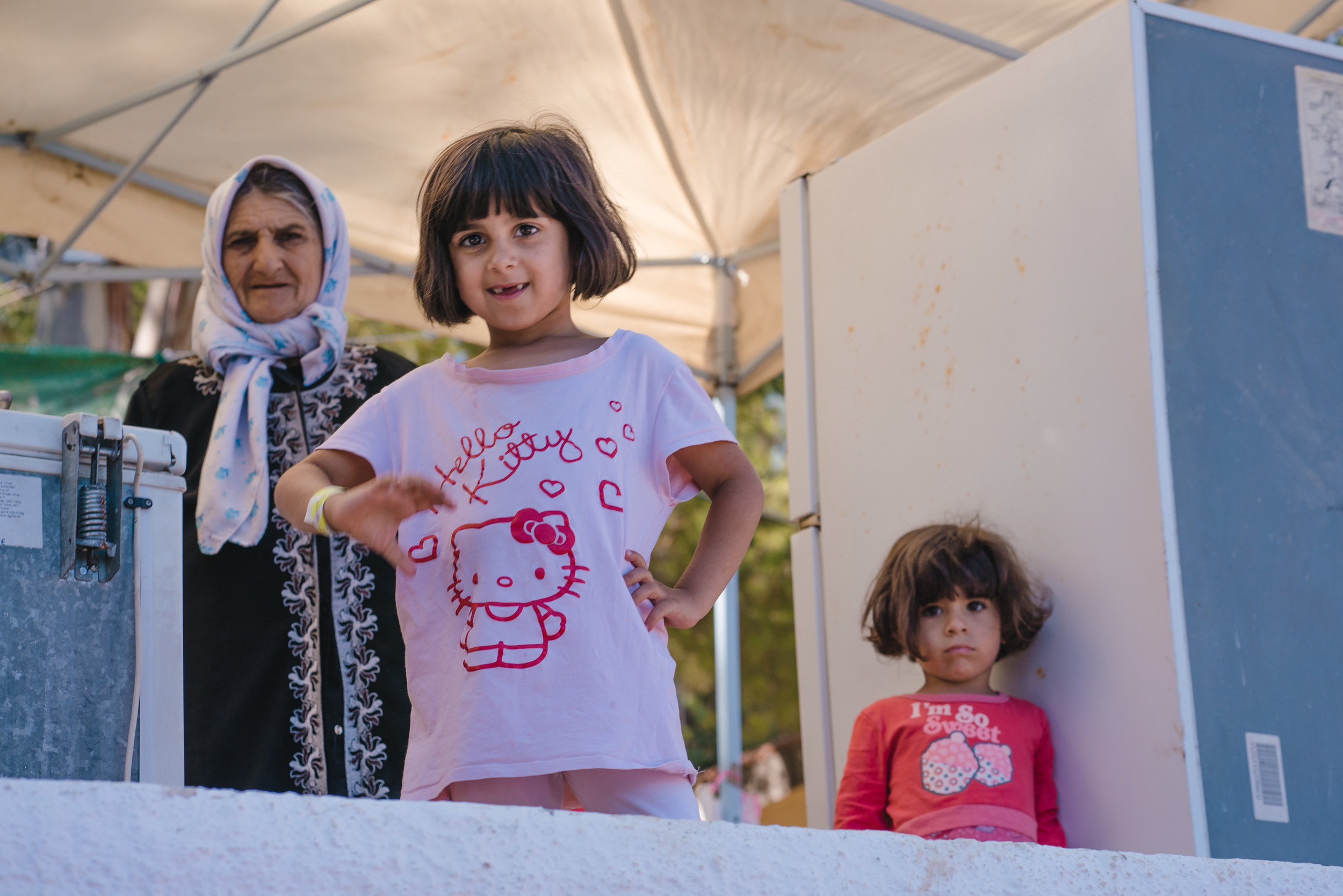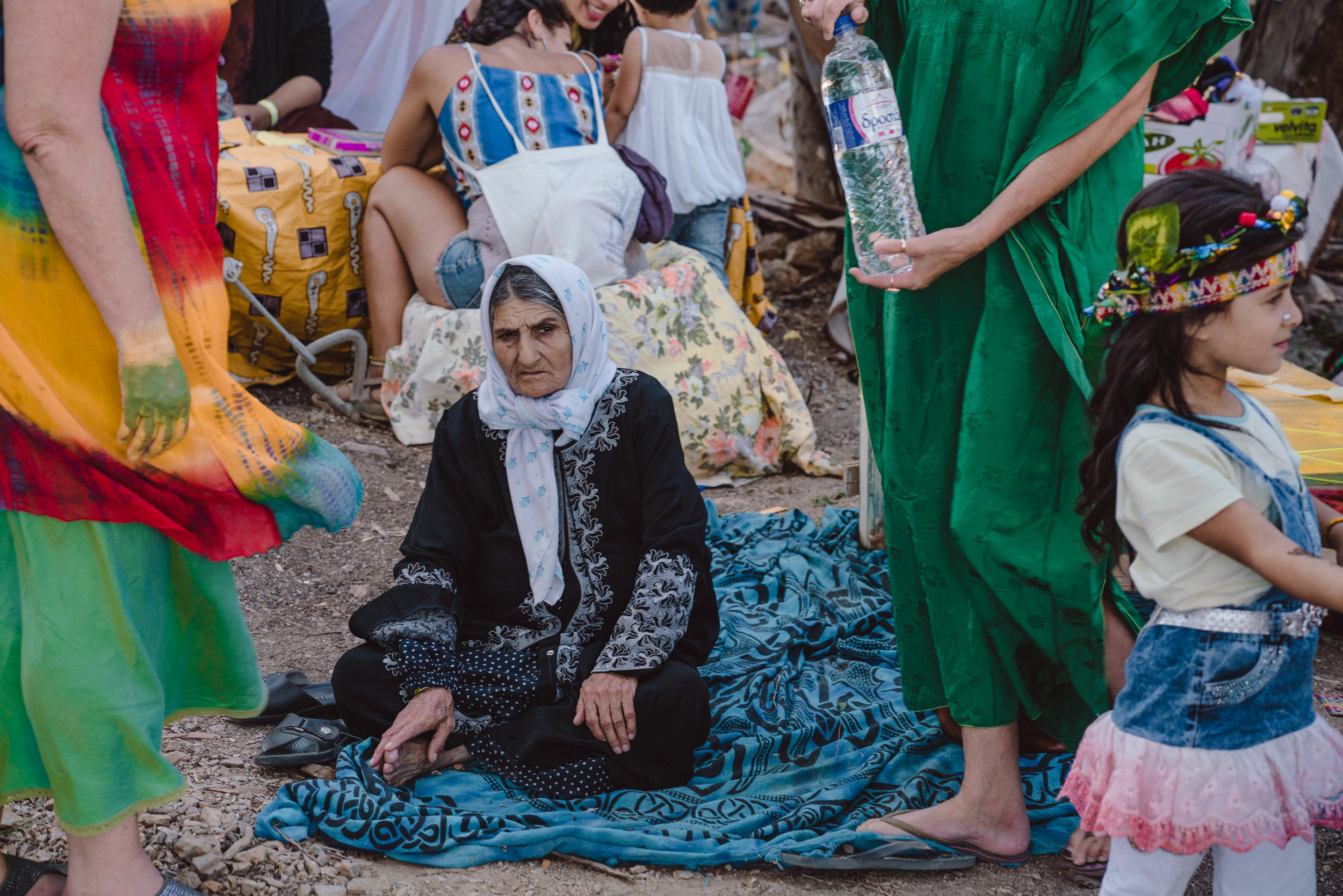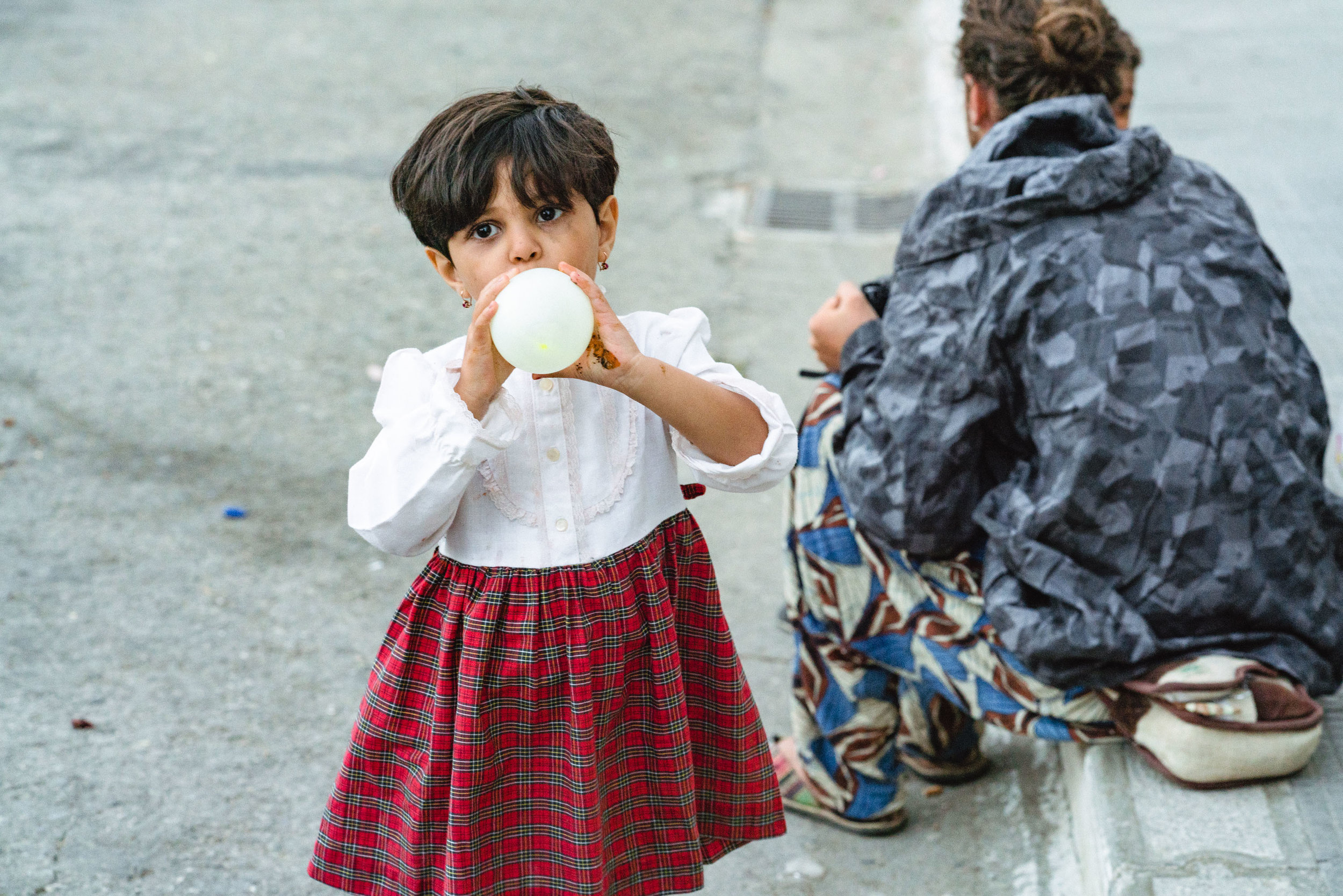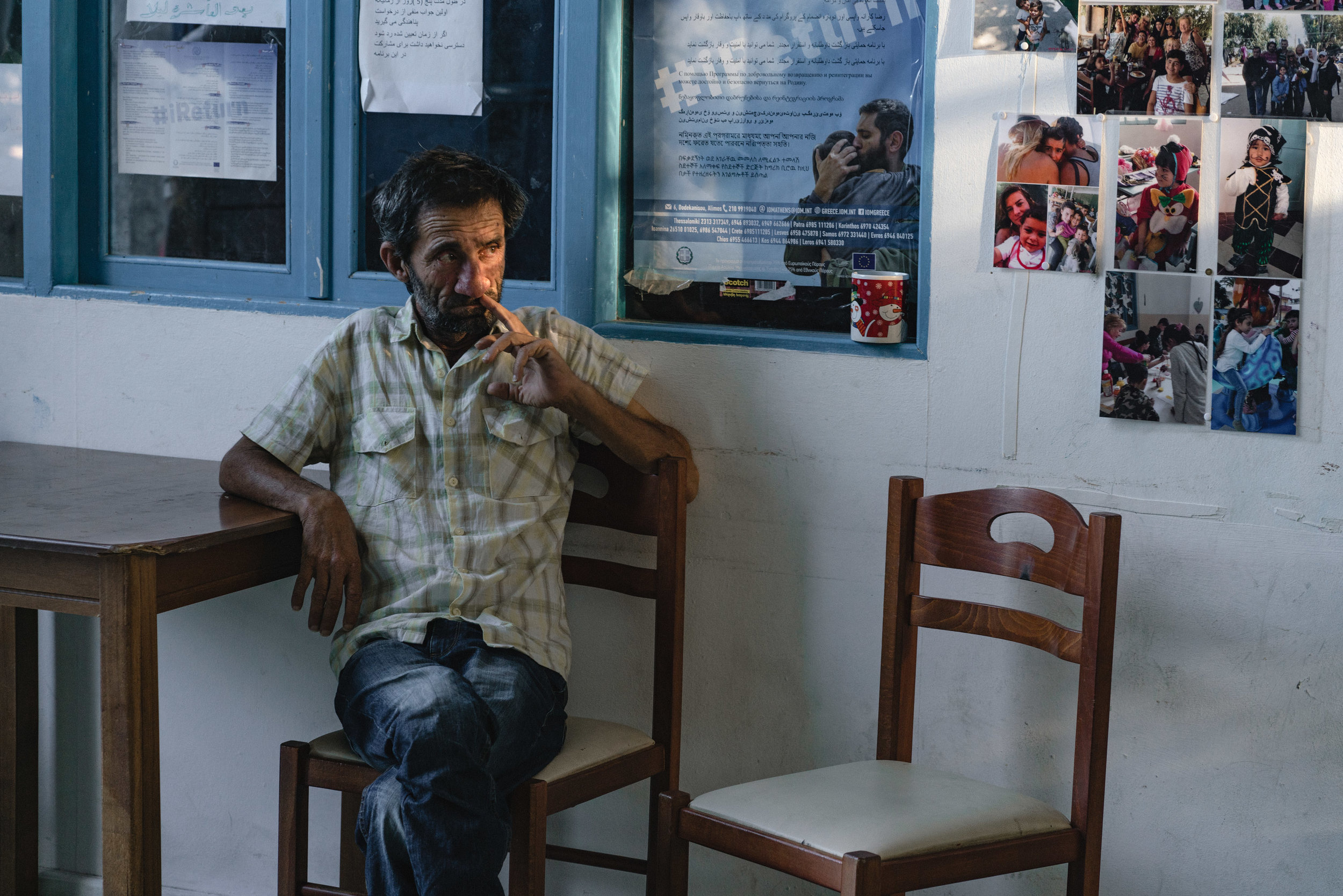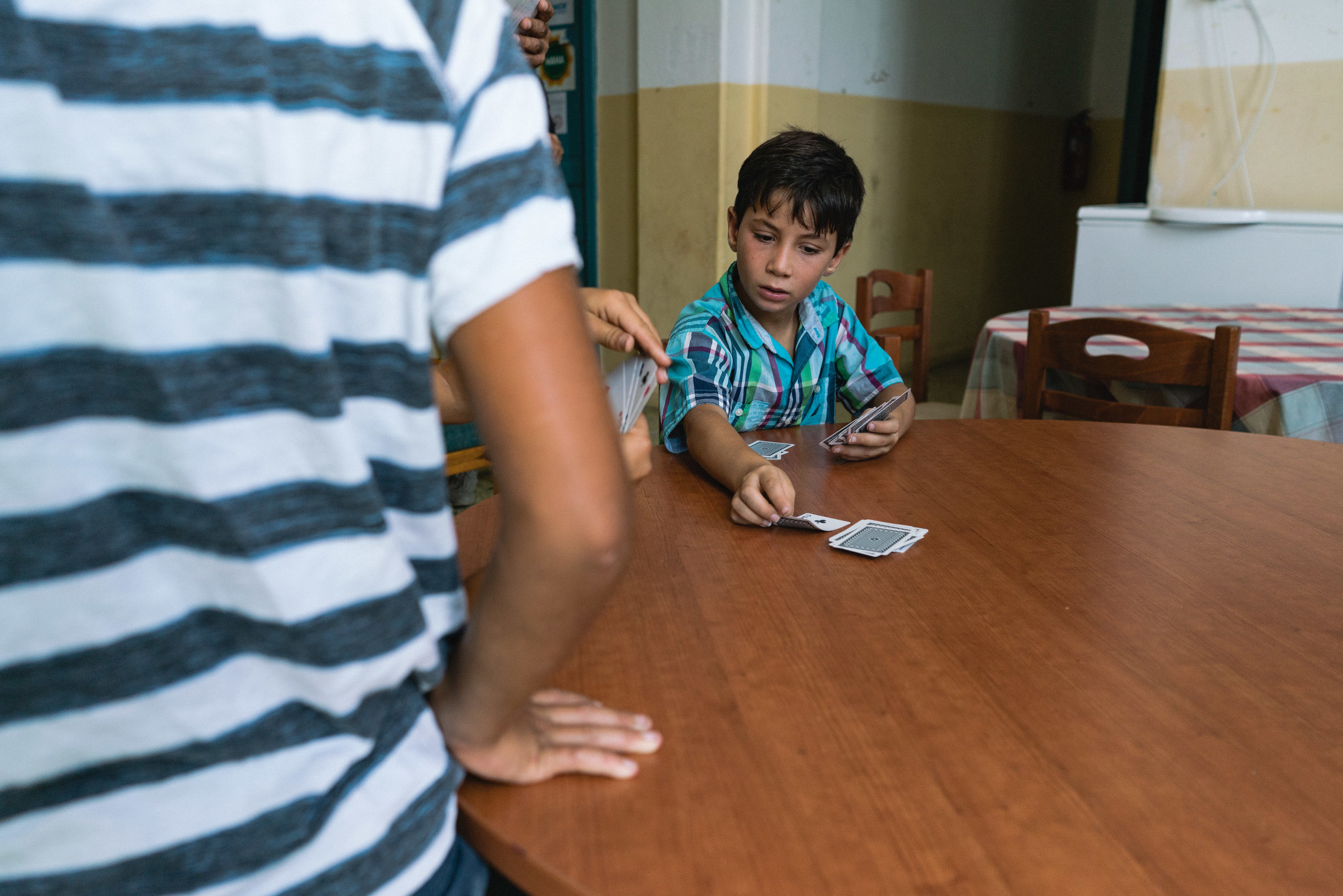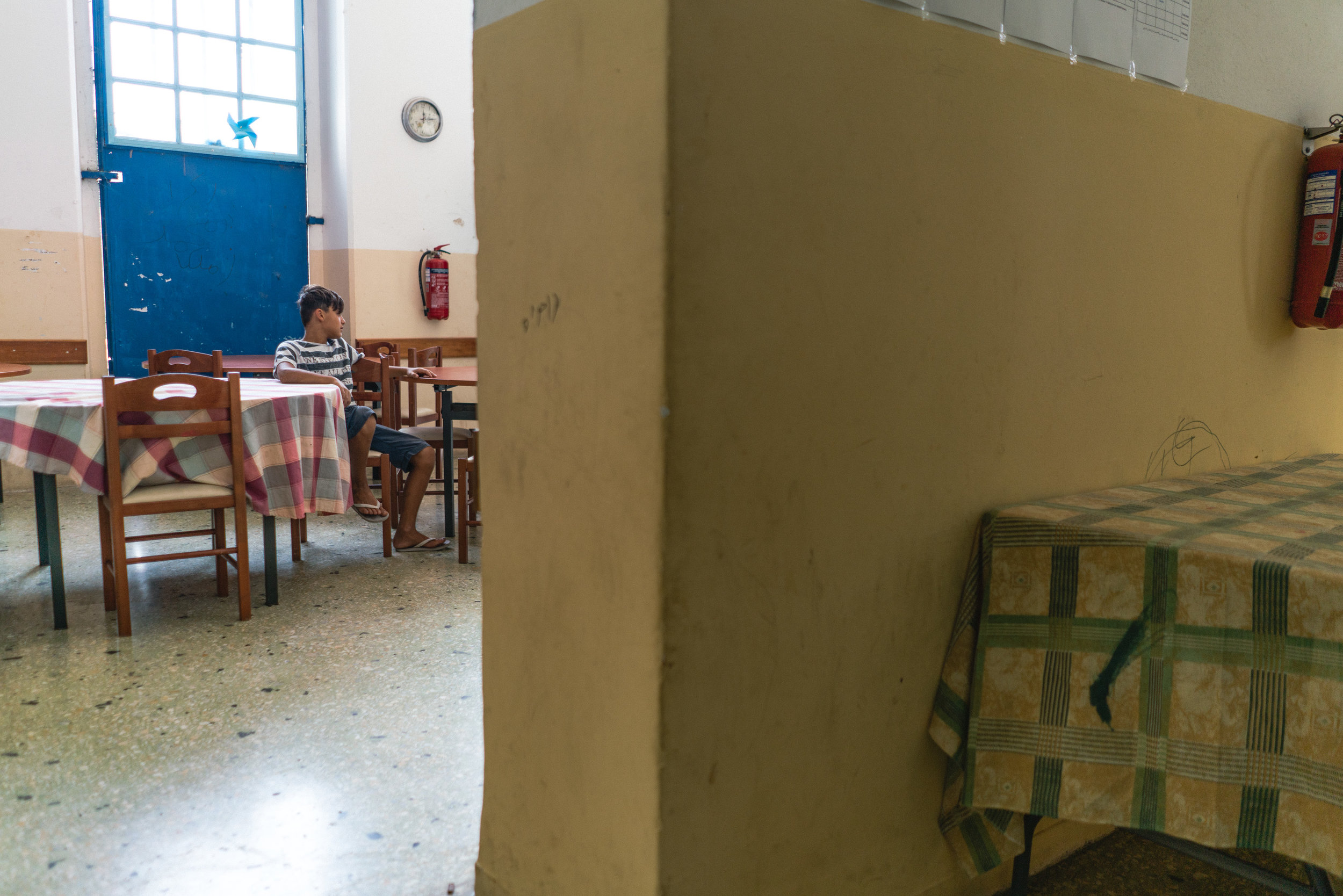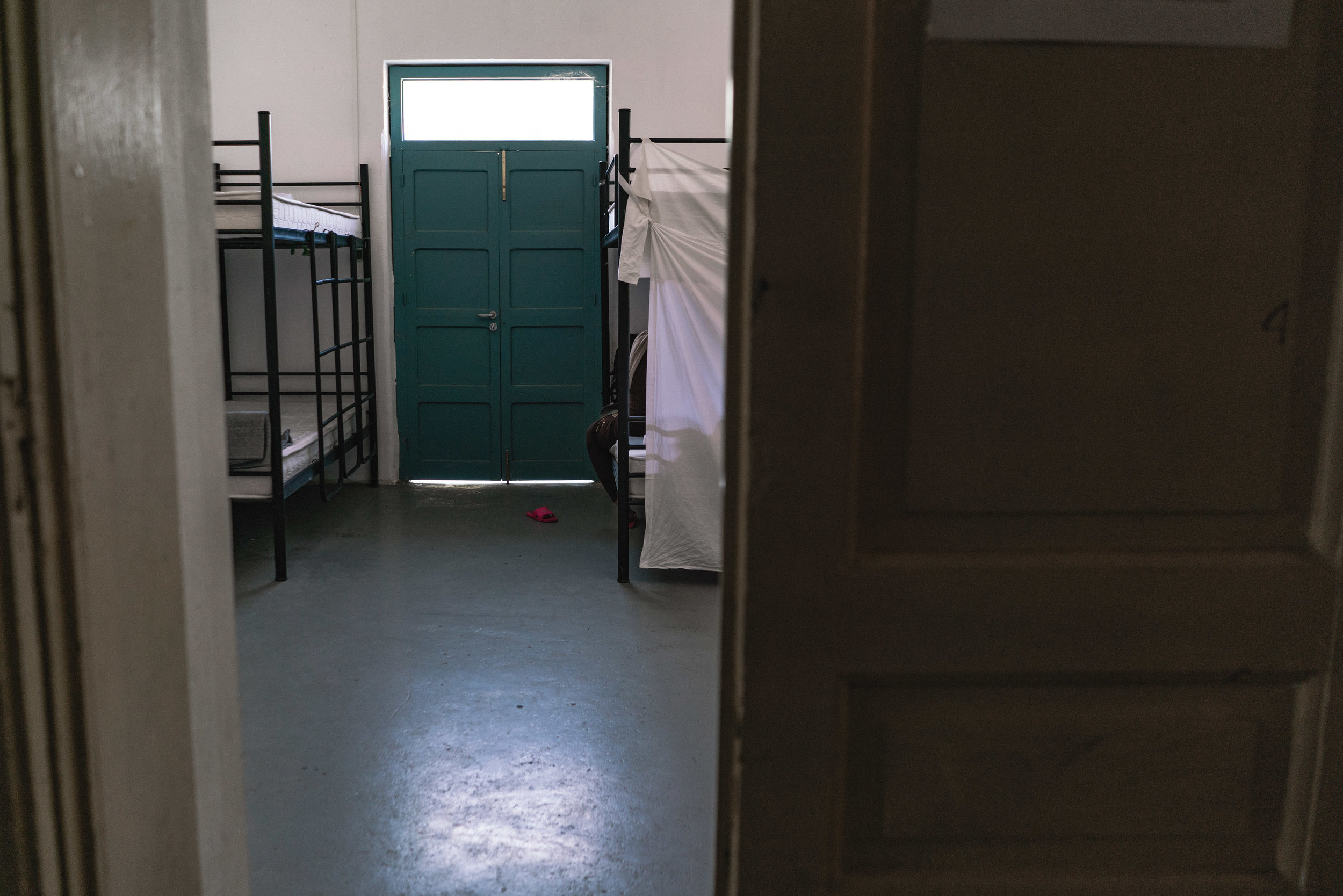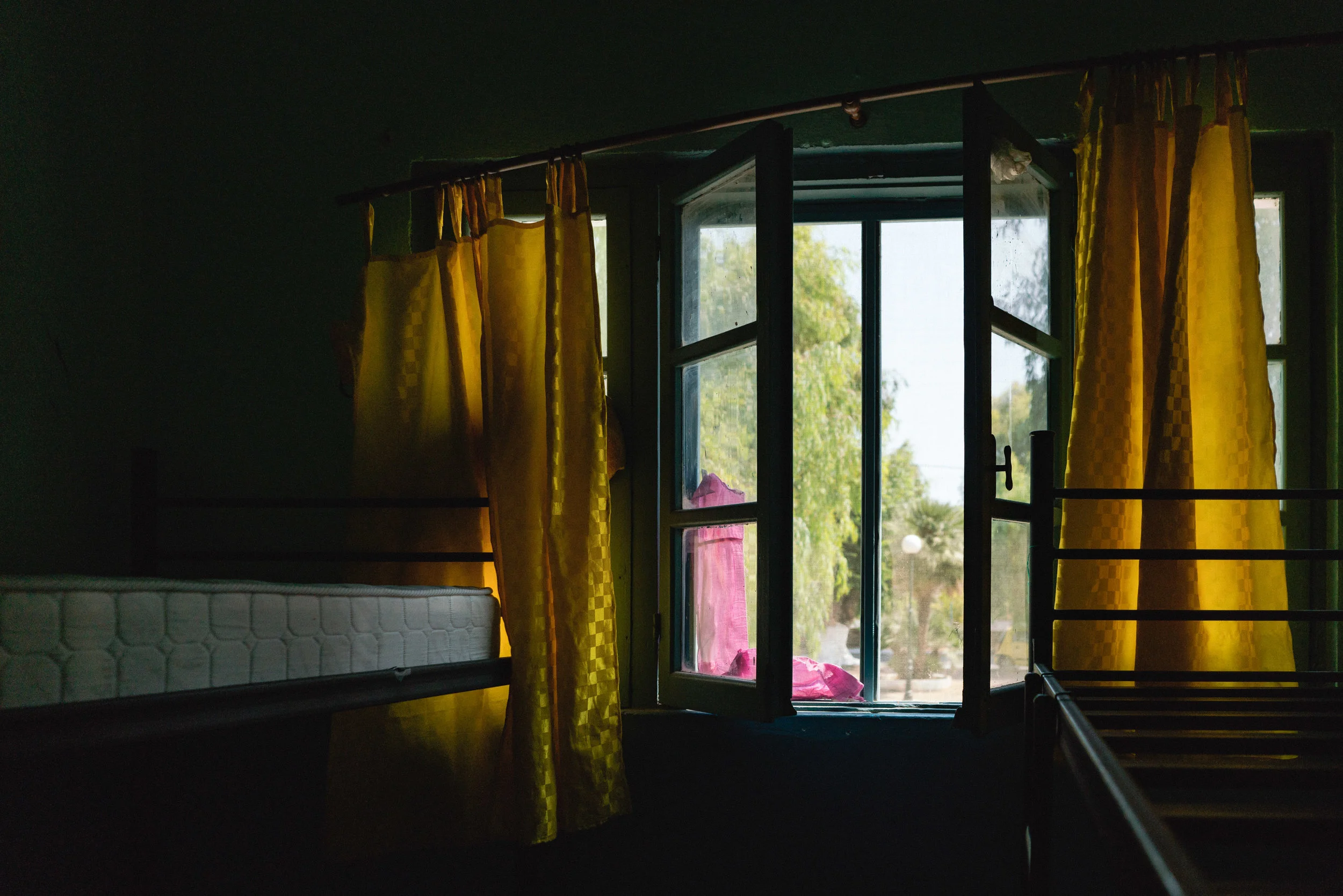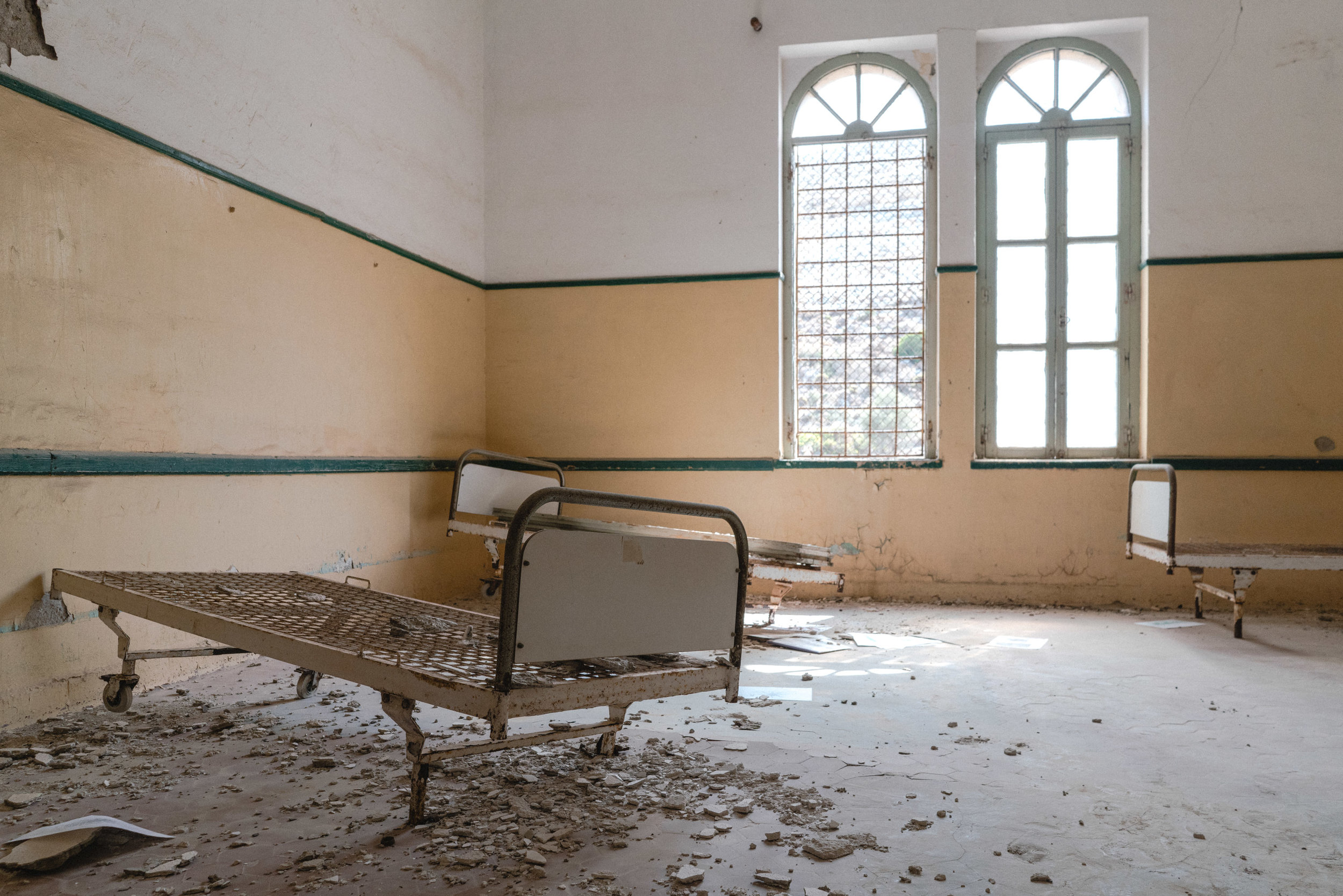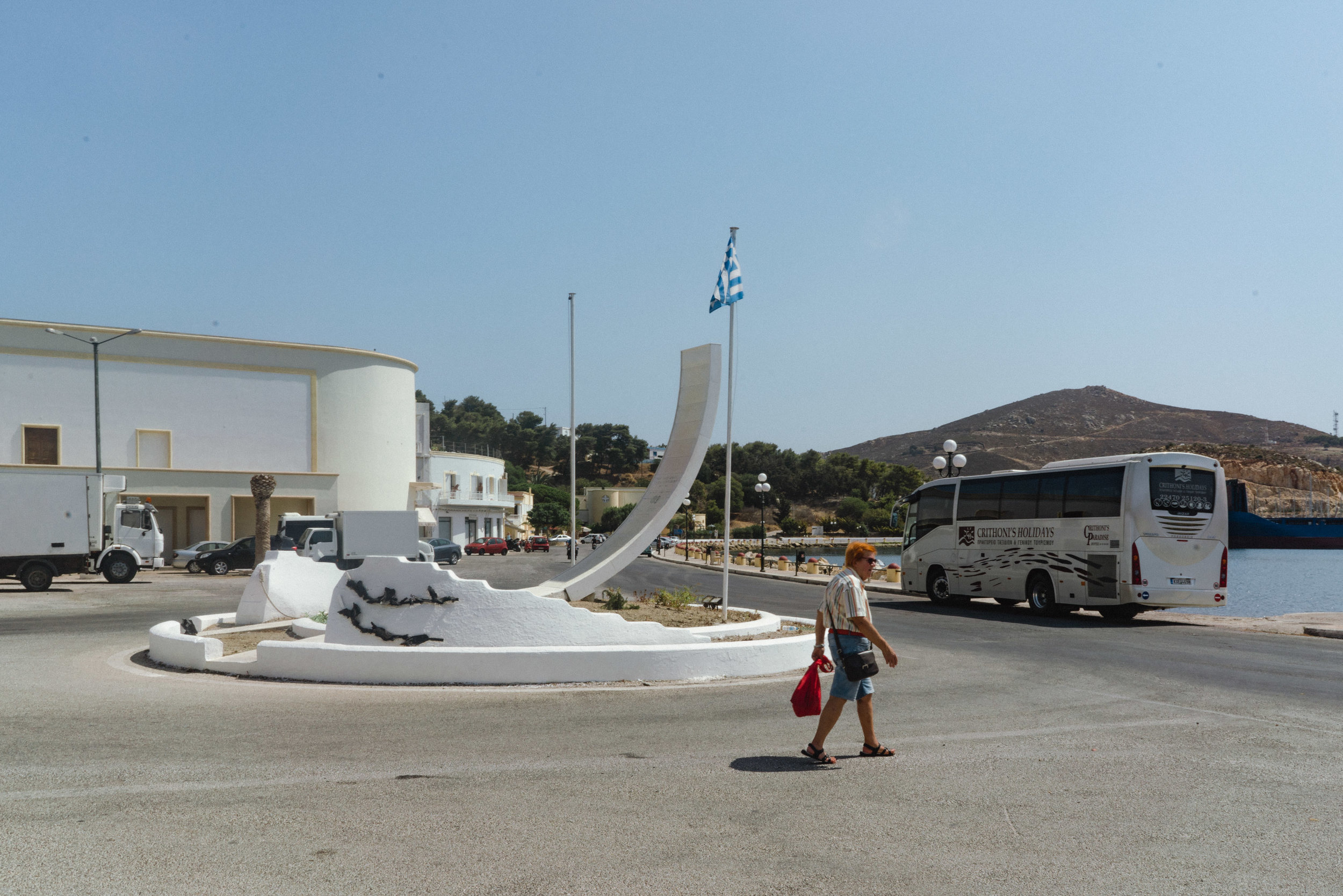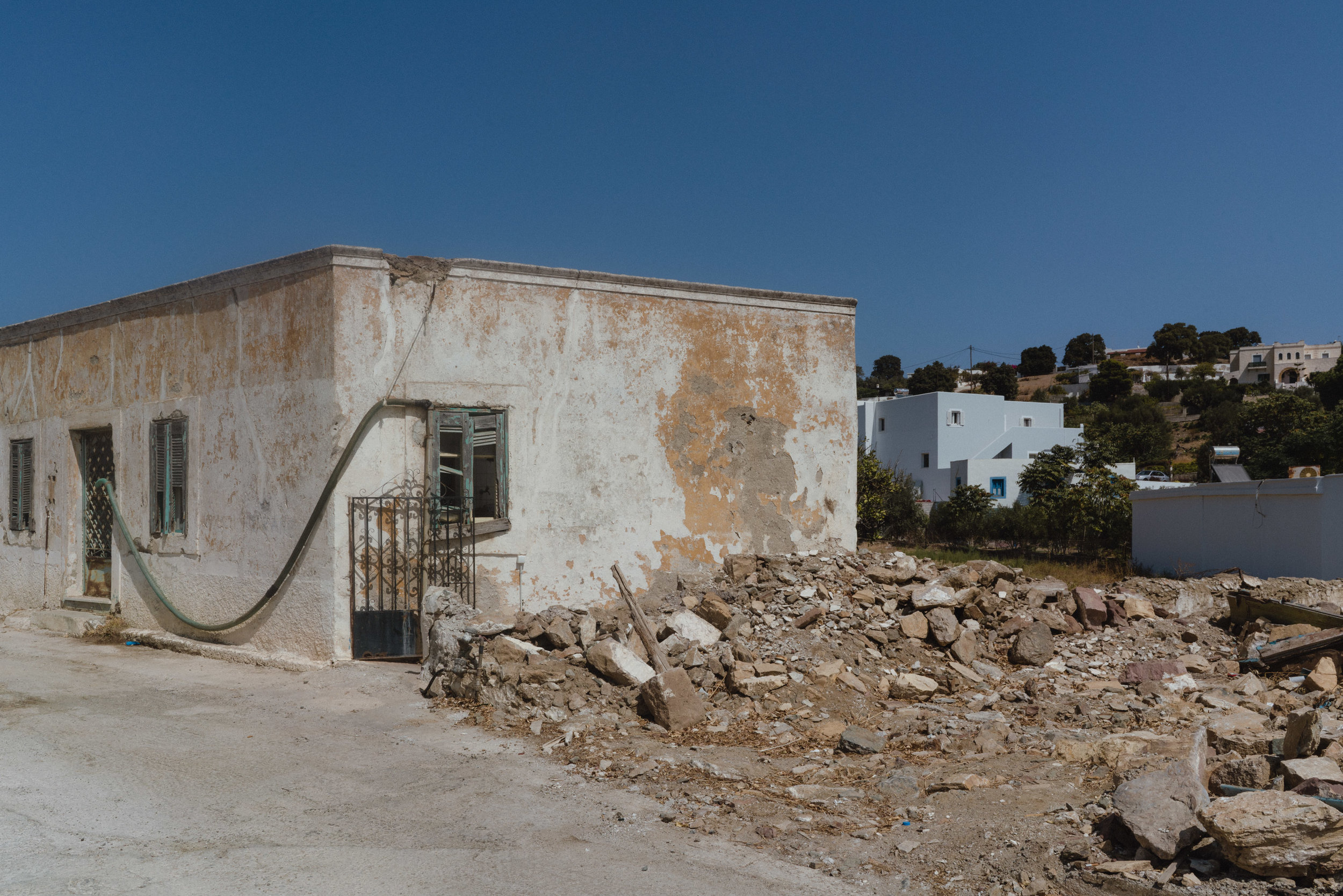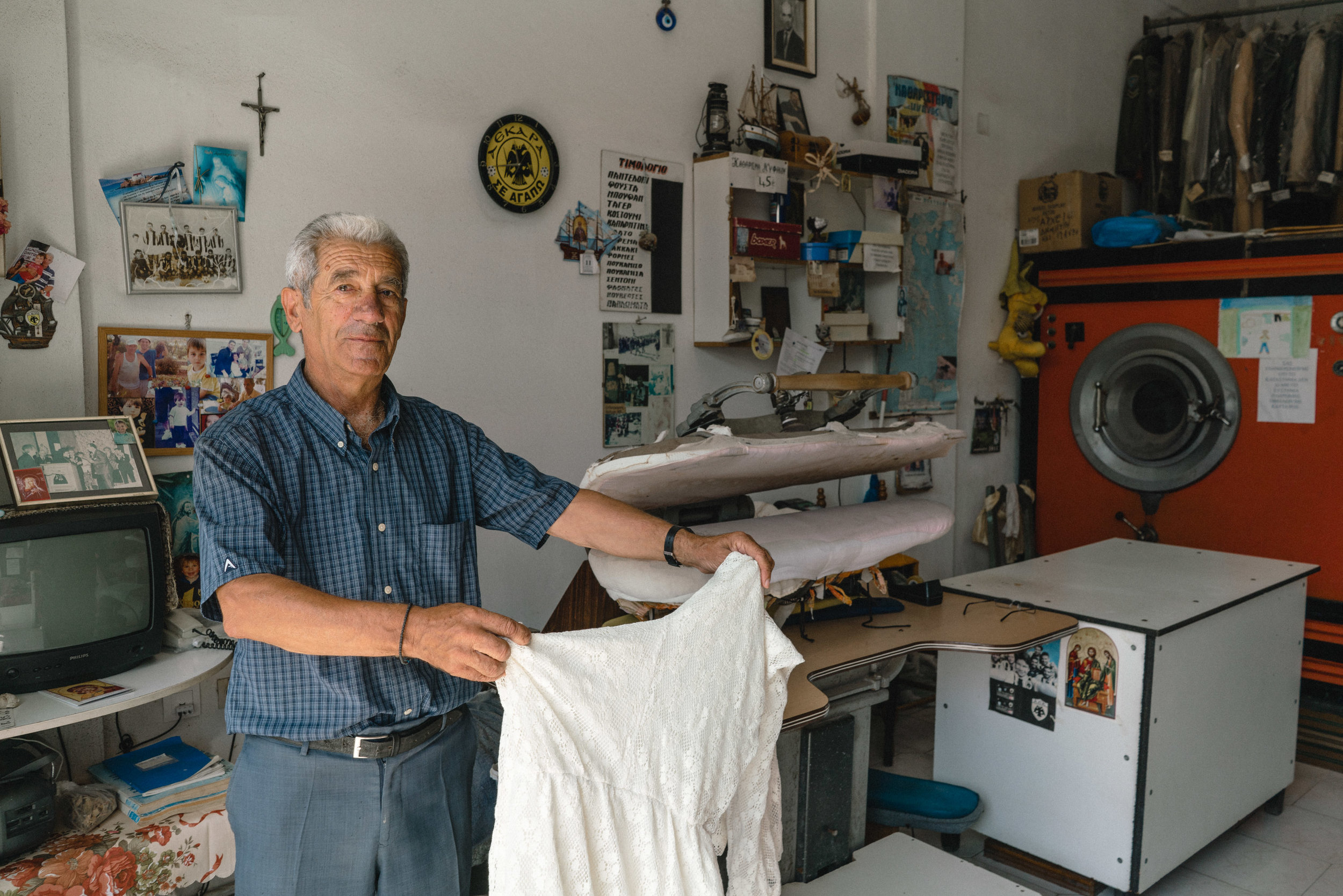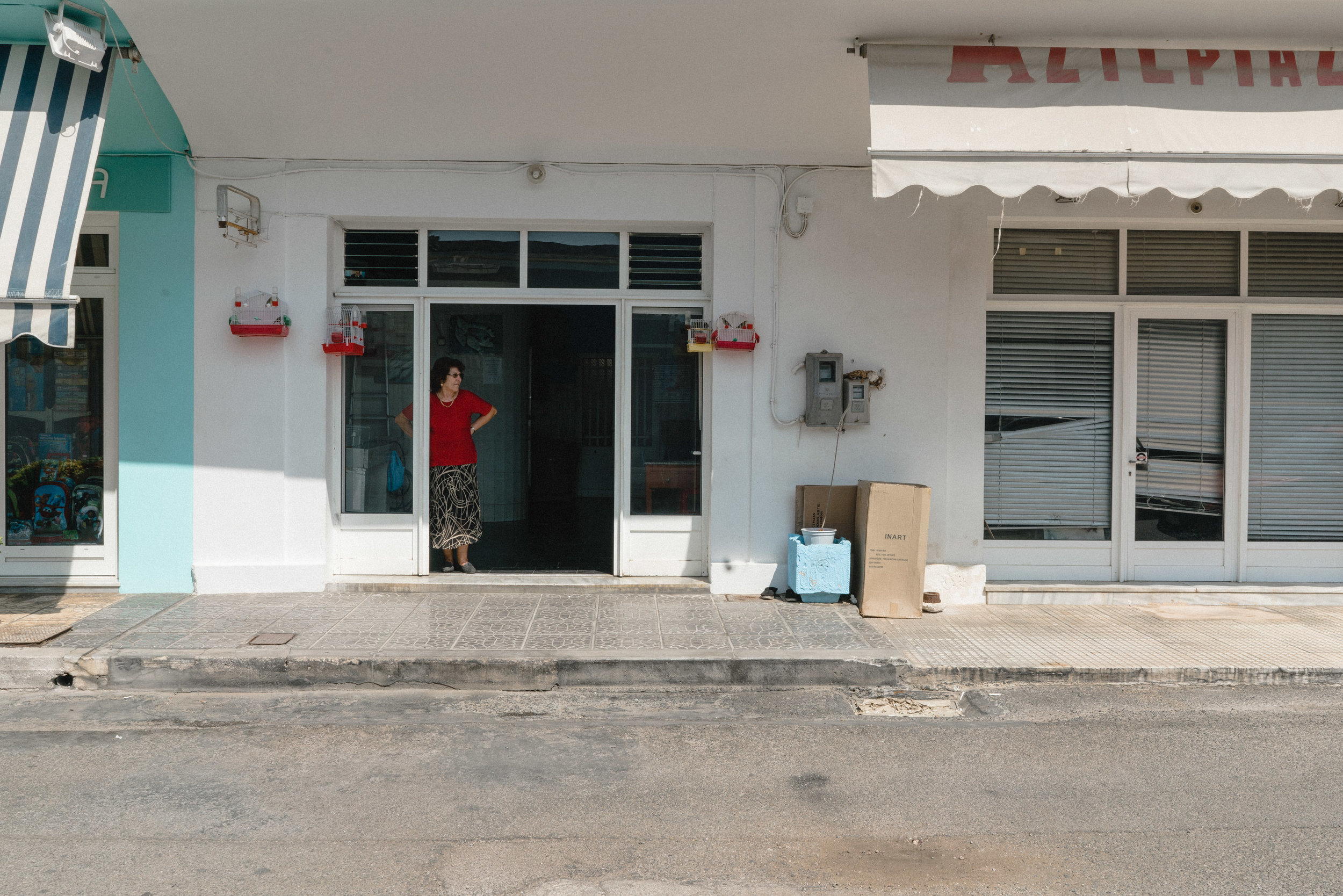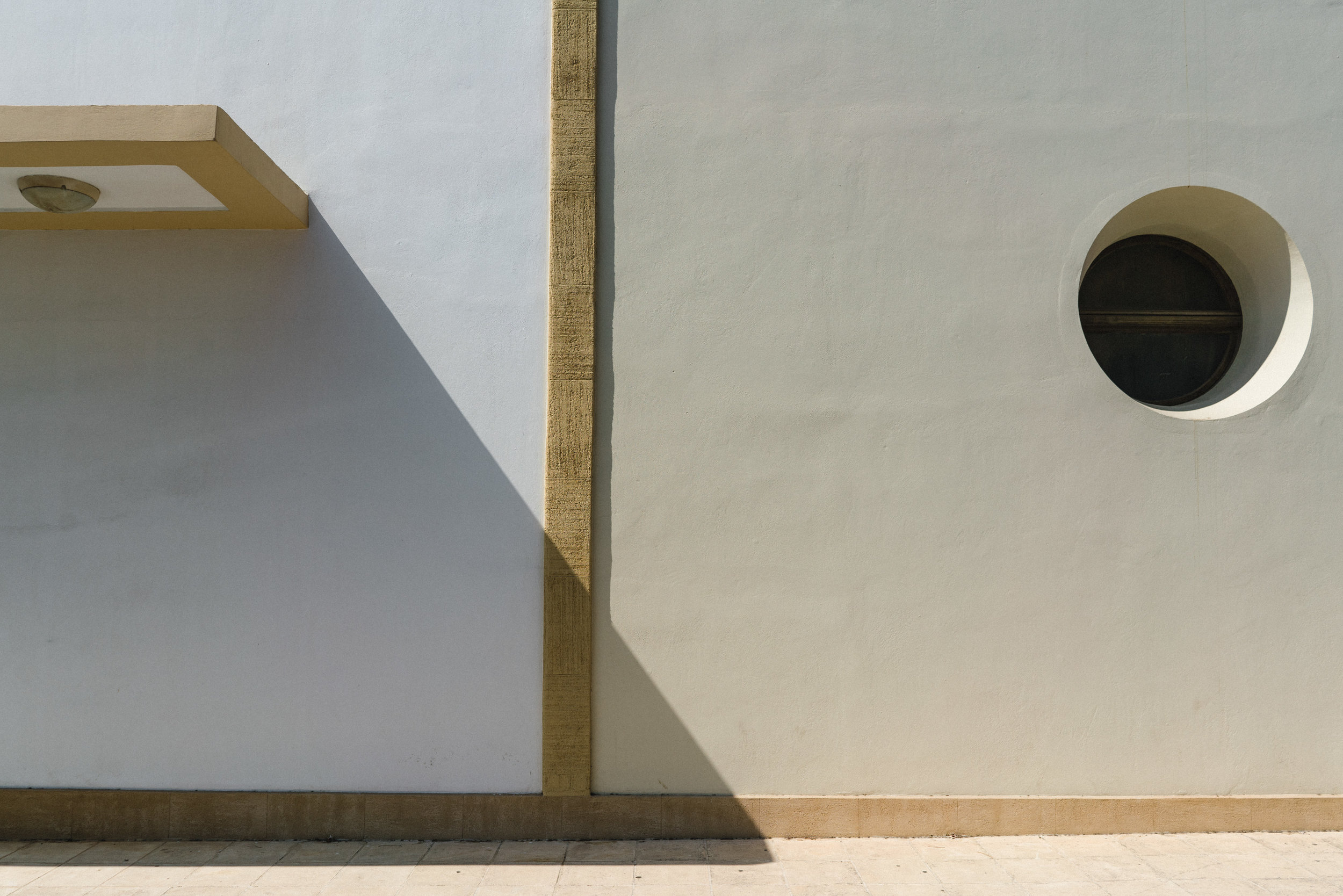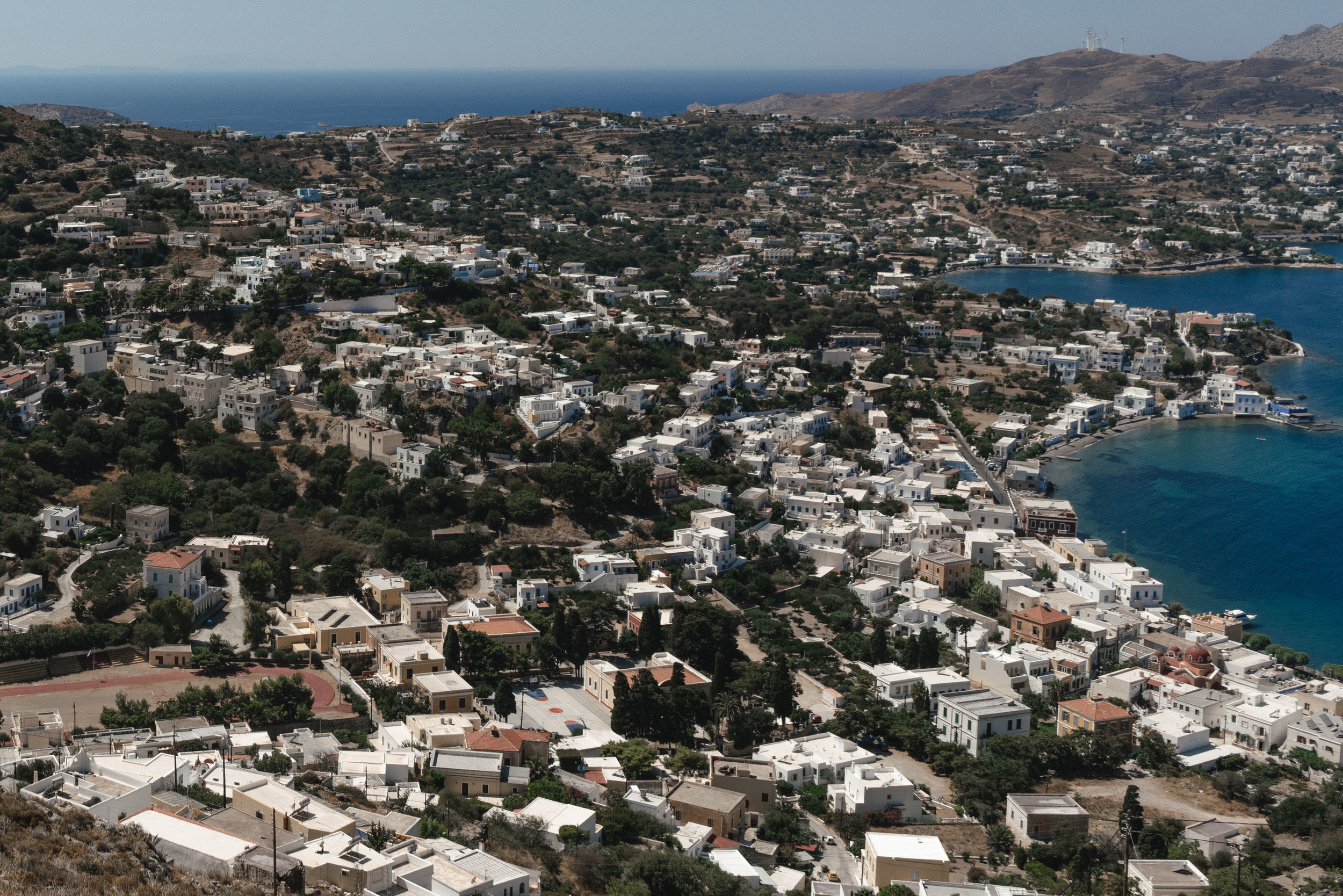A visual diary from the island in four parts.
Leros is one of six greek islands to receive the majority of refugees crossing the sea by boat into Greece. It is estimated that over 95% are Syrians, Afghans and Iraqis. Above all, 100% are humans - most of whom come from war torn countries.
Between August - September 2017, a crew of 3 filmmakers came to Leros to document the aftermath of the refugee crisis. As media attention shifted to other stories, we were left wondering what came of this small island in the Aegean Sea.
This coincided with the launch of Yellow Days Festival, a new humanitarian festival looking to bring together refugees and locals alike.
Yellow Days became a platform for celebrating diversity on this small island, forming beautiful connections and sharing a myriad of skills, ideas and good vibes.
Unlike a home, a refugee camp is a transitory, public place that doesn’t reflect people’s personalities. Yellow Days provides everyone with a space where they can be themselves, play, sing, dance and laugh.
A documentary I've worked on alongside Puzzleglass Films about Yellow Days, Leros and its people will be released soon.
